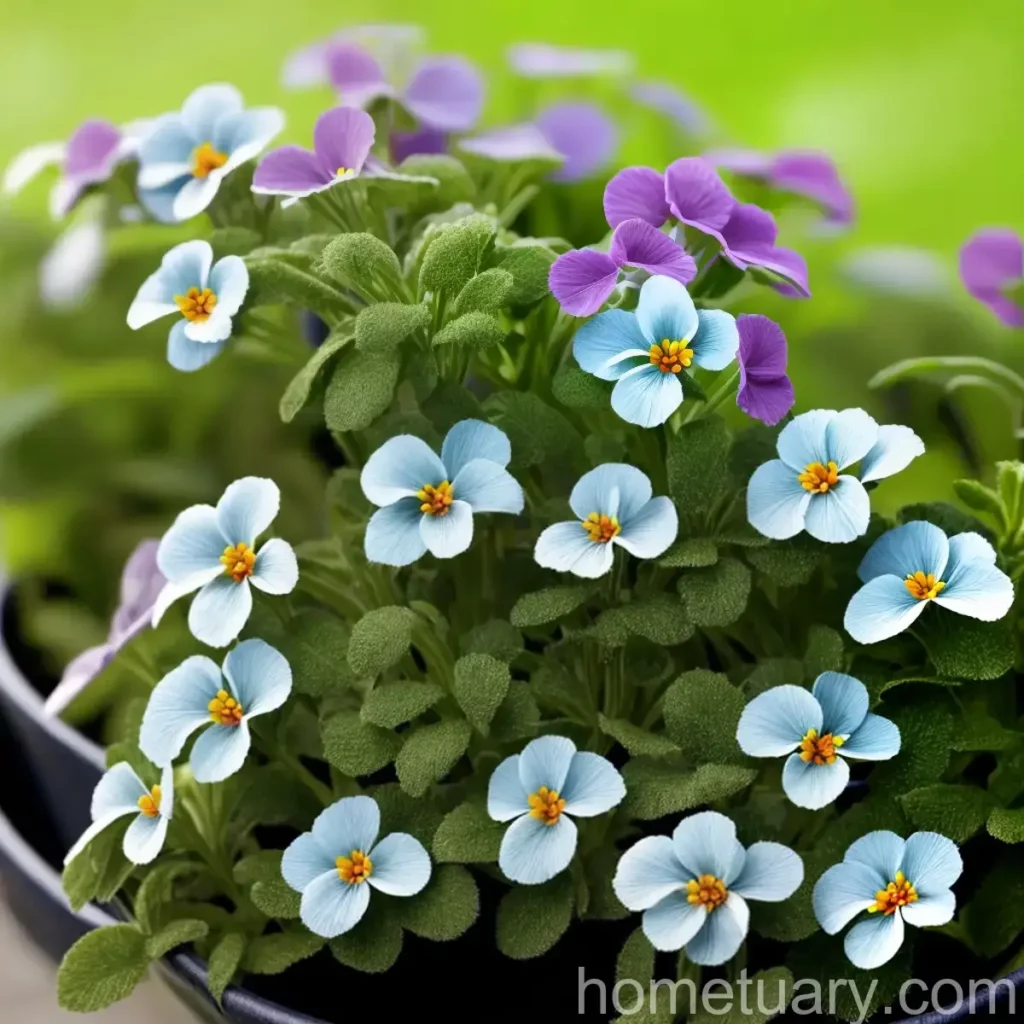Nemesia (Nemesia (group)): The Complete Plant Care Guide
What is Nemesia (Nemesia (group))?
Nemesia is a genus of plants belonging to the family Scrophulariacea, which is native to sandy and rocky areas of South Africa. These plants are known for their vibrant and colorful flowers, making them a popular choice for gardeners and landscaping enthusiasts. Nemesia encompasses a diverse range of species, with varying characteristics and cultivation requirements.
Key Takeaways – Nemesia (Nemesia (group))
Nemesia plants offer a wide array of vibrant and colorful flowers, making them an excellent choice for adding visual interest to gardens and landscapes. Understanding the key aspects of their culture, uses, and care requirements is essential for successfully cultivating these charming plants.
Culture
- Nemesia plants thrive in well-draining, sandy soil.
- They are valued for their attractive and numerous flowers, which come in a range of colors.
- Nemesia plants can be utilized in various landscaping designs, including borders, containers, and hanging baskets.
Uses
- Nemesia plants are commonly grown for their ornamental value, adding color and vibrancy to gardens, balconies, and outdoor spaces.
- They are a favorite for attracting pollinators such as bees and butterflies, contributing to biodiversity in garden settings.
Water
- Nemesia plants require moderate watering, ensuring the soil remains consistently moist but not waterlogged.
- It is important to allow the soil to dry slightly between watering to prevent root rot.
Sunlight
- These plants thrive in full sun to partial shade, depending on the specific species or variety.
- Adequate sunlight is essential for promoting flowering and maintaining overall plant health.
Fertilizer
- Applying a balanced, all-purpose fertilizer during the growing season can support healthy growth and abundant flowering.
- Fertilizing should be done according to the manufacturer’s instructions, avoiding excessive use that could lead to nutrient imbalances.
Soil
- Nemesia plants prefer well-draining, sandy soil with a slightly acidic to neutral pH.
- Amending the soil with organic matter can improve its texture and fertility, promoting optimal growth.
Pruning
- Regular deadheading of spent flowers can prolong the blooming period and promote continuous flowering.
- Pruning leggy or overgrown stems can help maintain a compact and tidy plant shape.
Propagation
- Nemesia plants can be propagated from seeds or stem cuttings.
- Seed propagation is a common method for growing new plants, while stem cuttings offer a means to replicate desirable cultivars.
Container Popularity
- Nemesia plants are well-suited for container gardening, adding a vibrant and colorful touch to patios, balconies, and outdoor living spaces.
- Their compact growth habit makes them ideal for small to medium-sized containers.
Common Diseases
- Nemesia plants are susceptible to fungal diseases such as powdery mildew and botrytis, particularly in humid conditions.
- Proper cultural practices, including adequate spacing and ventilation, can help prevent these issues.
Disease Diagnosis
- Symptoms of fungal diseases on nemesia plants may include the appearance of powdery white or gray spores on leaves, stems, or flowers.
- Regular inspection and monitoring for signs of disease can facilitate early intervention and management.
Common Pests
- Nemesia plants may attract common garden pests such as aphids, spider mites, and whiteflies.
- Integrated pest management practices, including regular monitoring and the use of natural predators, can help control pest populations.
Botanist’s Tips
-
Companion Planting: Nemesia plants can be paired with other pollinator-attracting species such as lavender, salvia, and echinacea to create a vibrant and biodiversity-supporting garden.
-
Color Variations: The wide range of flower colors available in Nemesia plants presents opportunities to experiment with different color schemes and garden designs.
-
Pollinator Support: By cultivating Nemesia plants, gardeners can actively contribute to creating a habitat that supports essential pollinators, contributing to the overall health of the ecosystem.
Fun Facts
-
The word “Nemesia” is derived from the Greek word “nemein,” which means to give what is due or to distribute, a nod to the plant’s abundant flowering.
-
Nemesia plants are closely related to snapdragons (Antirrhinum), sharing similar floral structures and growth habits.
-
Some Nemesia species release a sweet, pleasant fragrance, adding sensory appeal to gardens and outdoor spaces.
Links to External Resources
In conclusion, Nemesia plants offer not only striking visual appeal but also contribute to the ecological balance of a garden through their attractiveness to pollinators. Understanding their specific cultural needs, potential uses, and methods to maintain their health and vigor is crucial for successful cultivation. With proper care and attention, Nemesia (Nemesia (group)) plants can grace gardens with their vibrant colors and delightful flowers, making them a rewarding addition to any horticultural setting.















